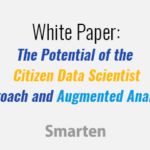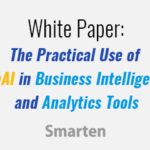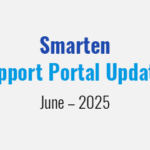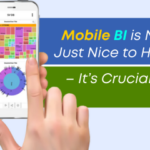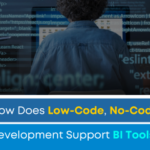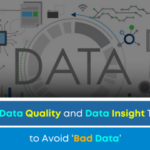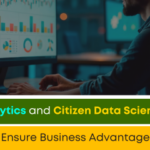The Right Augmented Analytics Supports Your Team and Your Business!
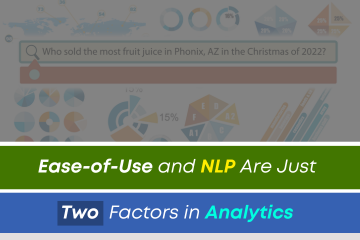
When you embark on an analytics deployment, you want to be sure that you get what you need. To achieve the results you want, you must start at the beginning with planning. Understand how and when your organization will use the solution and, assuming you are planning to employ a self-serve augmented analytics solution, be sure that the software and services you choose will address your user needs and the analytical needs of your team and your organization.
‘When considering a self-serve augmented analytics solution, there are numerous factors to include in your assessment.’
One cannot assume that all augmented analytics solutions are created equal! There are differences in usability and in the underlying technology, and differences in the solution capabilities to support flexible reporting and collaboration – among other things.
Gartner predicts that ‘data stories will be the most widespread way of consuming analytics, and 75% of stories will be automatically generated using augmented analytics techniques.’ And there is good reason for that. As today’s business users embrace augmented analytics and use self-serve BI tools to produce reports and to share data, the trend in decision-making is to present data that will tell a story. Whether you are trying to improve sales of a particular product, target a certain customer demographic or address a competitive strategy, telling a story allows your team and staff to better understand the data and builds synergy and a common understanding.
When considering a self-serve augmented analytics solution, there are numerous factors to include in your assessment. Here are just a few:
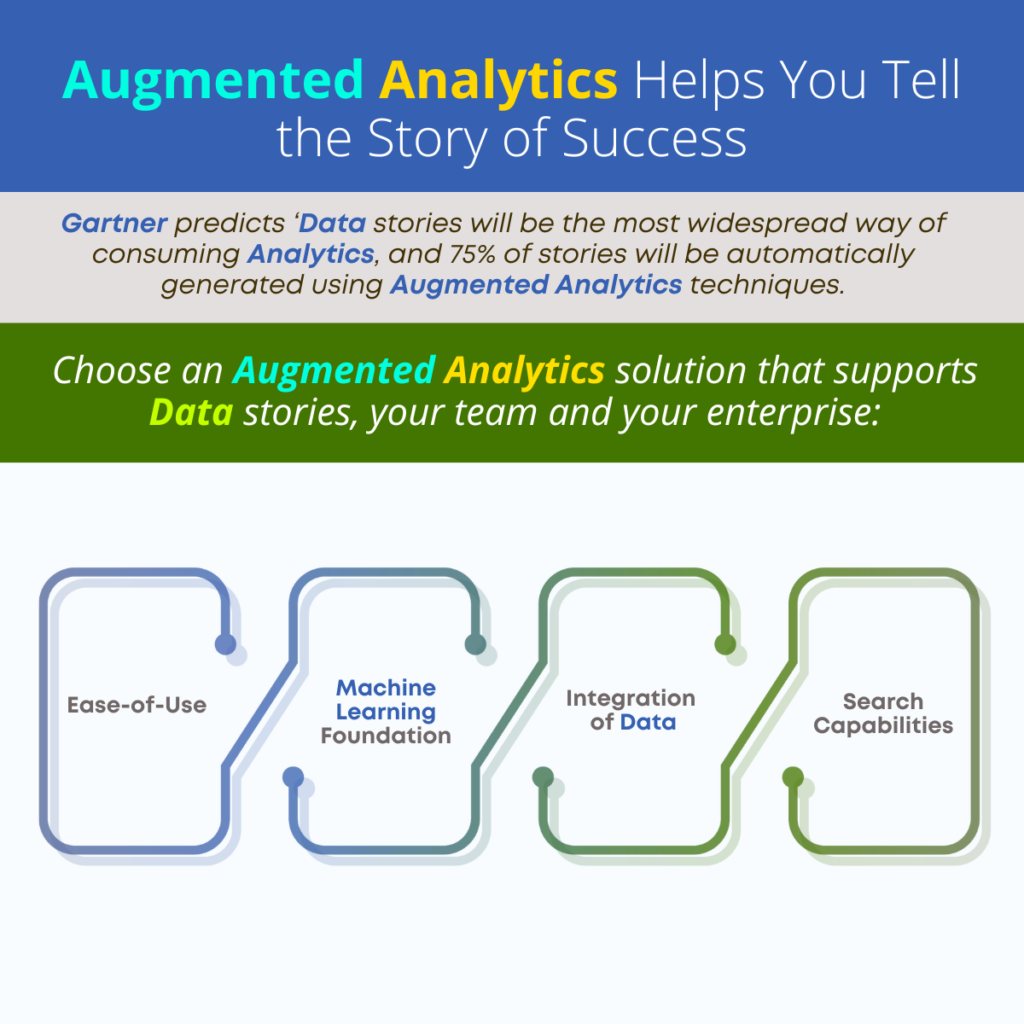
Ease-of-Use
You can’t expect business users to embrace self-serve augmented analytics if the solution is hard to use. Any software that requires a lot of training, is confusing to use or produces results that are hard to interpret is of little use to your team. They need something they can learn quickly, a solution that will fit their role and their responsibilities and provide a tool to make their job easier.
Machine Learning Foundation
The augmented analytics environment must be designed to accommodate the average skills of a team member. Your business users are not IT professionals or data scientists, and they need tools that allow them to work in an intuitive way. Machine learning ensures that the system can better anticipate the issues and present the best visualization technique for a certain type of data, etc. The right augmented analytics solution will provide auto-suggestions and recommendations and, as your users engage with the system, they will become more data literate.
Integration of Data
Be sure that the solution you choose allows for easy integration of data sources from other software solutions to data warehouses to ERP, HRM, CRM and other enterprise applications. When you bring together all the data from your data sources, you can include that data in your analytics in a more robust, all-inclusive analytical environment.
Search Capabilities
A solution that is built on machine learning and natural language processing (NLP) enables easy queries and searches, using common, human language. You can ask a question like, ‘which sales person sold the most plaid automobile seat covers in the Northwest U.S. this year?’ You will receive an answer in common language, so you don’t have to struggle to interpret the results.
‘If you are planning to employ a self-serve augmented analytics solution, be sure that the software and services you choose will address your user needs and the analytical needs of your team and your organization.’
Find out how Smarten Augmented Analytics Products can help your team and your organization. You can build a self-sufficient, collaborative team and improve your results, starting today!



